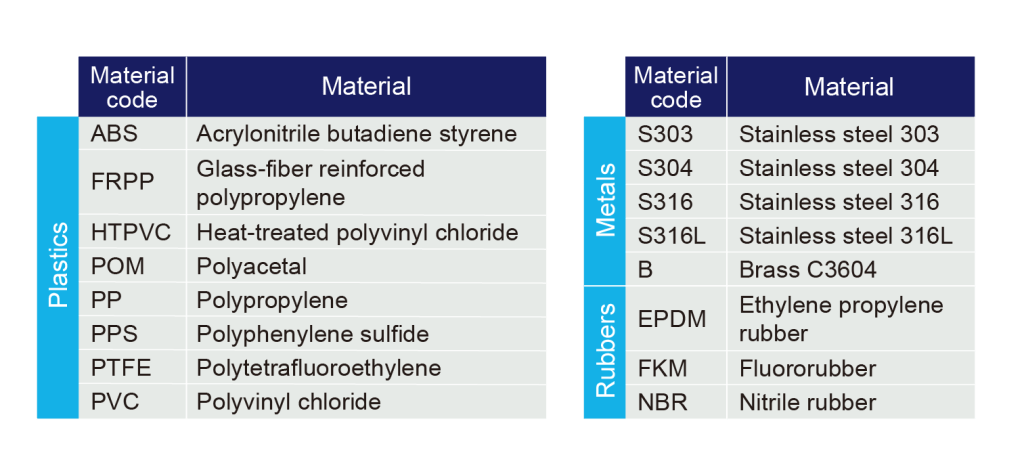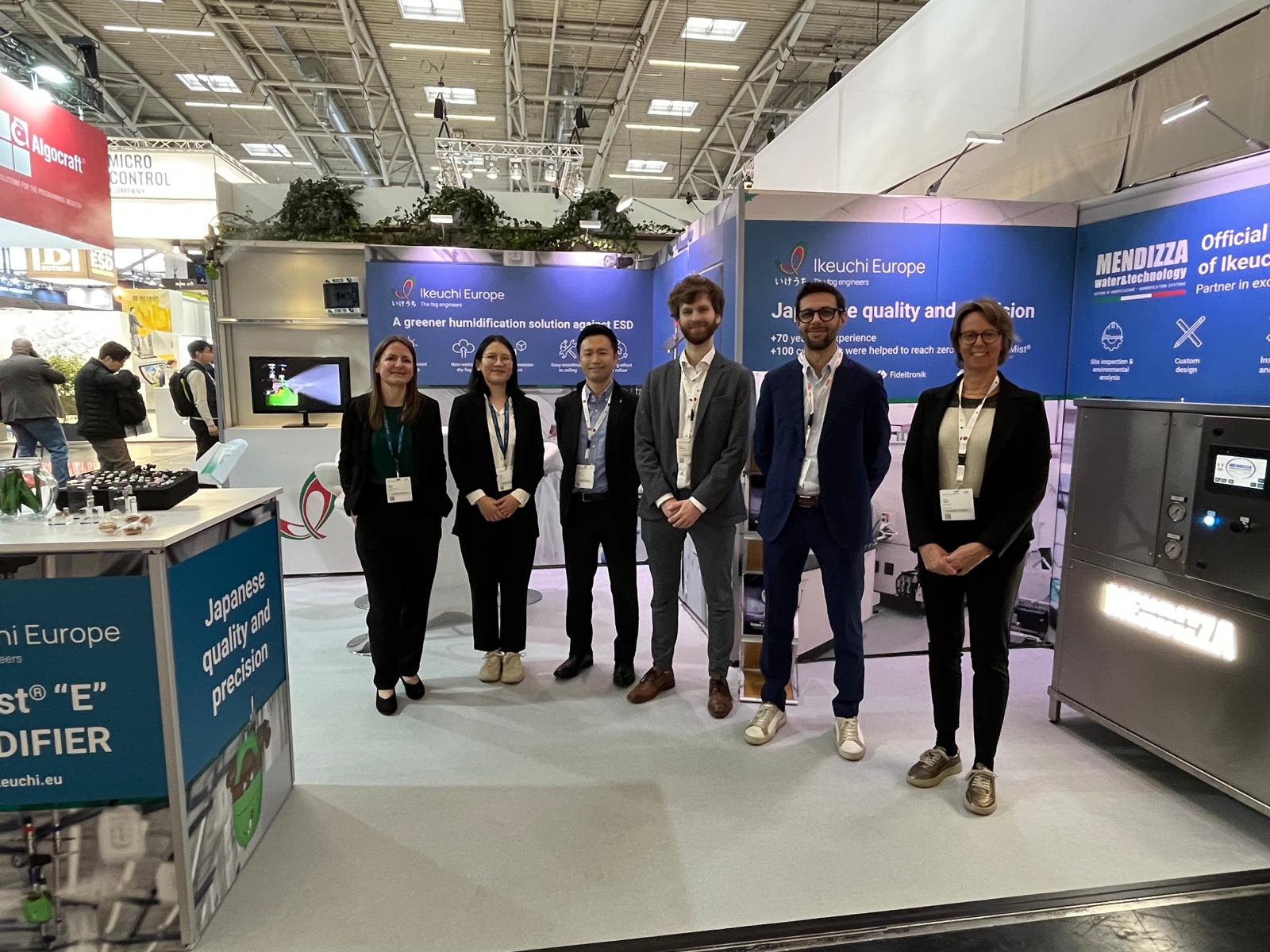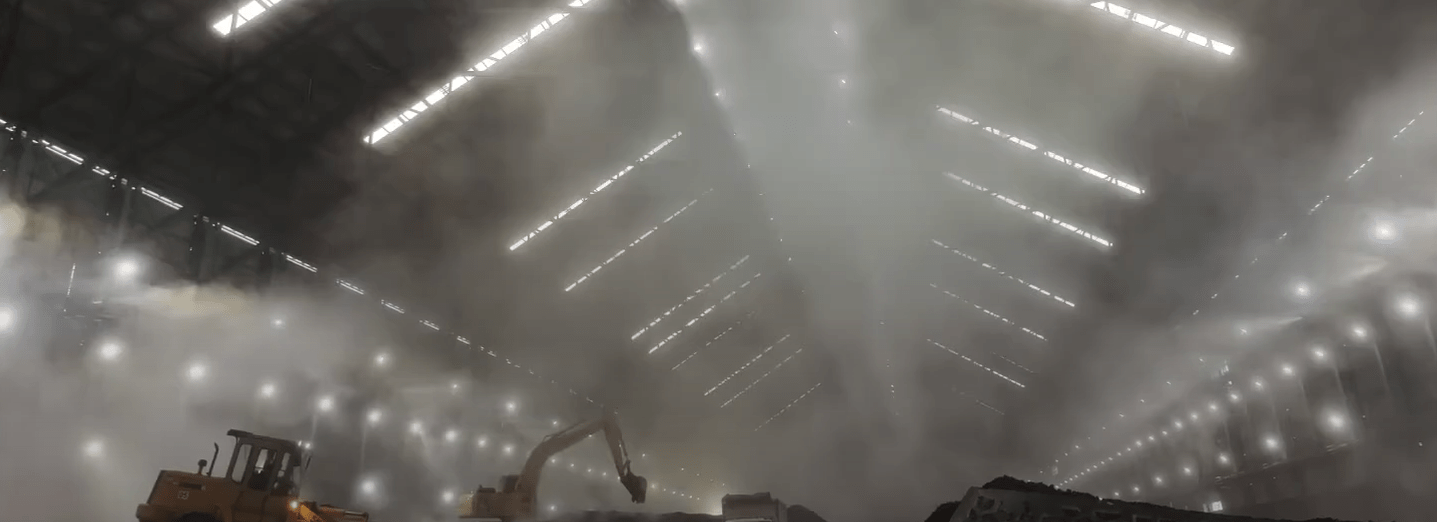There are many factors to consider when you have to choose an air nozzle.
- Application
- Spray pattern
- Air pressure and air volume
- Noise level
- Energy efficiency
- Energy efficiency
- Material
1. Application
Air nozzles can be used for a number of applications and industries. When you have to choose an air nozzle, it is important to consider the application first. We divide our air nozzles into two categories: compressed air driven nozzles and air blower driven nozzles. These categories represent each way that the air can be supplied to the nozzle and they can be used for different installations. Each of them has unique properties and will answer better to one kind of application.
Compresser-driven >< Blower-driven air nozzles
Generally, blower-driven air nozzles are used in applications where the air need to be constant, such as with cooling and blowing off water. Compressed air driven nozzles are more suitable for applications where the air blow is more intermittent as the compressor need to maintain a high pressure, such as with sorting and rejection or vacuum conveying.
Different types of applications for air nozzles
Blowing off drying after washing process
Prevent double feeding of steel plates during vacuum conveying
Sorting and rejection (blow-off) of defective products
Blow-off drying of cans after cleaning
Blow off dust and water under high temperatures
Blow off dust before coating / painting process
Edge wiper for steel surface treatment
Installation in tight places or space-restricted areas
Blow off water from shaped steel
Pinpont cooling of molded plastic products
2. Air pressure and air volume
Air pressure and volume is also important to consider when you have to choose an air nozzle. The required air volume depends on a number of things including the surface area, the distance from the air nozzle to the surface area and the application. Moving larger objects will naturally require a higher air pressure and volume than moving smaller objects.
Surface area: A large surface area requires more air to be covered effectivily and maybe also a broader type of air nozzle.
Distance: The air pressure and volume is also affected by the distance it needs to travel from the air nozzle to the surface area. The longer the distance, the higher the needed air volume. Compact air nozzles which can fit into narrow areas will help to reduce energy waste due to distance.
Application: Generally, an application like food sealing will only need a small air volume around 10-20CFM, whereas cooling requires a bit higher air volume around 50-100CFM. Blowing off water generally requires an even higher volume above 100CFM depending on the amount.
3. Material
Air nozzles can be found in different materials ranging from stainless steel to various types of plastic and aluminum. Plastic nozzles are generally cheaper, lightweight and resistant to many chemicals, than metal alternatives. For high-pressure and high-temperature applications, stainless steel and aluminum is a better fit. Below you can see an overview of the different air nozzle materials.
Types of materials used
- Stainless steel
- Plastics
- Rubbers
- Brass

4. Spray pattern
Air nozzles also differ in their spray patterns. Some blow in a fan shape, some with a round shape and others with a more long and thin spray, like blades. Depending on the area of treatment, the sizes of the nozzle will influence the choice of the model.
Nozzle orifices are arranged in one row or multiple rows. TAIFUJet flat type (using compressed air) is designed with a staggered allignment of nozzle orifices and intake holes, which results in a uniform impact distribution. Our TF-BF42 nozzle has a larger opening for a high impact of air stream at low noise level.
Single or multiple orifices are arranged in a circle, producing a round blowing pattern. A round jet air booster, (like our TF-BR series) is designed with six orifices to generate a powerful high impact air stream while saving energy and generating low noise level.
Wide flat blow of uniform sheet of air (like a curtain) is created from the thin slit nozzle orifice. For a longer flat spray distribution that can cover a single area up to a 1,596 mm of width, slit nozzles (like our TF-BPF and SLNB series) are more suitable, especially in confined spaces.
Measurement of blowing air spread
Blowing air spread is measured 100 mm from the air nozzle orifice. The blowing width can be used as a guide for spacing nozzles. The shape of the blow pattern is generally closer to a circle as the distance from the nozzle decreases.
5. Noise level
Noise from compresser-driven air nozzles can cause unneccesary stress and discomfort with employees. The accepted noise level of your air nozzles depends on the working facility and the presence of employees. By using air nozzles which operate more quietly, the sound pressure can be reduced by as much as 80% without losing performance.
Noise levels can generally be measured at 3 points A, B and C at a distance of 1,000 mm from the nozzle. The nozzle is installed at a height of 1,000 mm.
6. Energy efficiency
Air nozzles come with a great difference in energy efficiency. To increase the blow effect of the air nozzles, and thereby the energy efficiency, it is important to provide a uniform air stream impact. This will create an even distribution of air across the target area and less power will be needed. This is why we often recommend multi-hole air nozzles compared to single-hole nozzles. An energy saving of 45% can be achived by switching from one-hole to multiple ones, like TAIFUJet®.
An energy saving of 45% can be achived by switching from one-hole to multiple ones, like TAIFUJet®.
Ikeuchi air nozzles are also known for their low noise levels. Achieve a 15dBA noise reduction by switching to TAIFUJet®.
By switching from one-hole air nozzles to Ikeuchi TAIFUJet®, you can save more than €15.000 annually.
7. Cost
The price of air nozzles should always be seen in the light of efficiency and wear resistance. If the air nozzle quickly deteriorates or a larger amount is needed to fulfill the task, the cheapest air nozzle may not be the cheapest in the end. We often recommend to test a few air nozzles before making the final decision to reach the best and most cost-efficient result.
Need assistance in finding the right air nozzle for your application?
Related articles
Stay updated: Ikeuchi news & insights
"*" indicates required fields
Get expert advice:
contact us today
Would you like to know what Ikeuchi can do for your organization? We’re happy to discuss your needs and show how we can solve your challenges. You’ll receive a response from us within 24 hours!
"*" indicates required fields
Call us: +31 (0) 20 820 2175
- Global presence and experience
- The number 1 nozzle manufacturer in Japan
- Japanese Precision Technology
“High quality nozzles. Friendly and helpful customer service”
“With Ikeuchi spray nozzles we are able to save costs as we don’t need to replace them so often as before.”
“When it is about nozzle technology, IKEUCHI are the experts. We always highly appreciated their knowhow and their extremely wide range of nozzles, not to mention their unrivalled AKIMist humidifier”
“When it is about nozzle technology, IKEUCHI are the experts. ”




